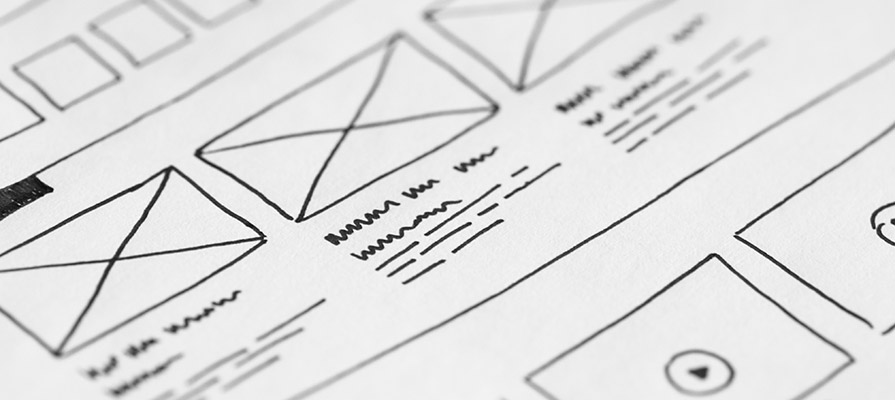Like every other industry, web design has its own myths that lead people into making the wrong decisions. But don't worry, were here to help. In this post we will dispel 5 common web design myths.
Myth 1 - Homepage is the most important page
For a long time, the homepage was the most important page of a website. It was how visitors found and entered a site. However, this is no longer the case.
Technology and social media have changed the was visitors find and browse a website. Today, they are far more likely to find a website via a search engine or a social media link. By doing this, they miss the homepage altogether. Every page therefore needs to be well designed and be given equal importance.
Myth 2 - Users won't scroll

A popular myth within web design is that users won't scroll a page. As a consequence many clients demand important information to be placed "above the fold". This refers to the space seen at the top of a webpage that is visible without scrolling. The term "above the fold" originates from the print industry and describes the space at the top of a newspaper, where editors would place the most important news story of the day.
As more people use mobile phones and small devices to access the web, they are becoming comfortable with scrolling. This has made finding the fold near impossible. The height of the fold on a desktop is different to that seen on a iPad. A study by Chartbeat, a data analytics provider, reveals "66% of attention is now spent below the fold". With no height to set, we can now finally get rid of this myth for once and for all.
There is no fold.
Myth 3 - The 3 click rule
A rule that states all pages should be no more than 3 clicks away is a longstanding myth. It implies visitors will become frustrated if they cannot find what they are looking for and abandon a site. However, this is no evidence to support this belief. In fact, as study by UIE suggests visitors are willing to go through as many as "25 clicks in order to complete a task". Joshua Porter, goes further to reveal that there is "no correlation between the number of clicks and user satisfaction, nor success rate".
Rather than simply counting clicks, clients should be more concerned with providing clear navigation structures and making signposts visible. These measures will reassure visitors on where they are and where they can go.
Myth 4 - Users read every word

An eye tracking study by Nielsen Norman Group revealed "less than 28% of text is read on a average webpage". So don't expect your visitors to read every word. They instead, prefer to scan a page, looking for points of interest, like meaningful headlines or key words. This scanning behaviour resembles a letter F, whereby they scan a line horizontally before dropping to the next line, then repeating the process. To help visitors in this, designers should look to add depth to a page by breaking up content with images, videos or icons.
Myth 5 - Modals are bad

A modal is a pop-up or slide out panel that demands interaction from the visitor before returning them back to a task. Some web designers believe them to be bad for user experience but they are just simply misunderstood. Yes, modals can be disruptive and annoying, but they can also be useful and informative.
The key is understanding when to use them. You should never interrupt the user from completing a task, but instead, use modals in between tasks or to confirm an action.
Key takeaway
It's true, many web design myths were once deemed to be best practices but this is a consequence of technological advances and user behaviours evolving. It is therefore necessary to make informed decisions based on facts and data. Try not to be fooled by myths of the past, as many can have a damaging effect on your website.